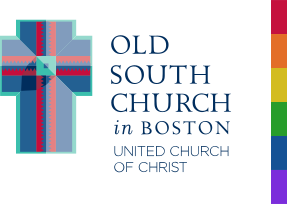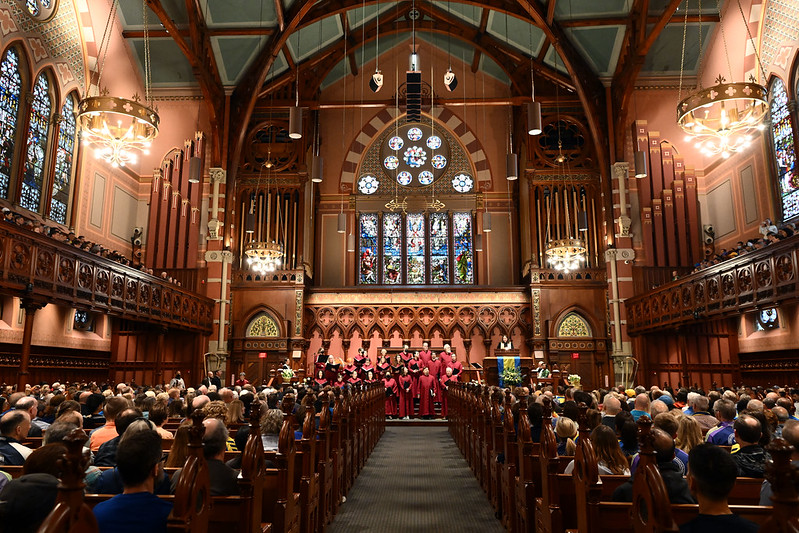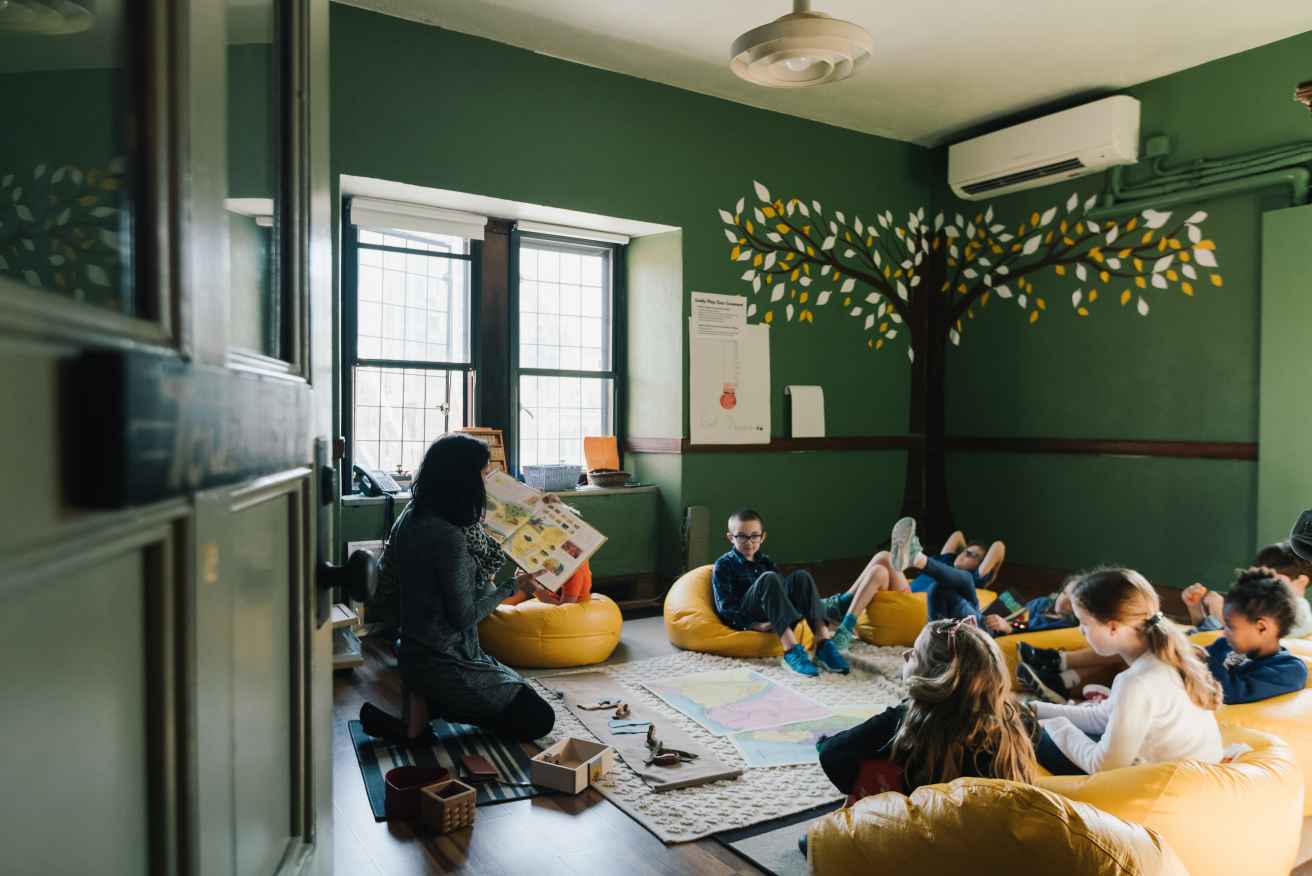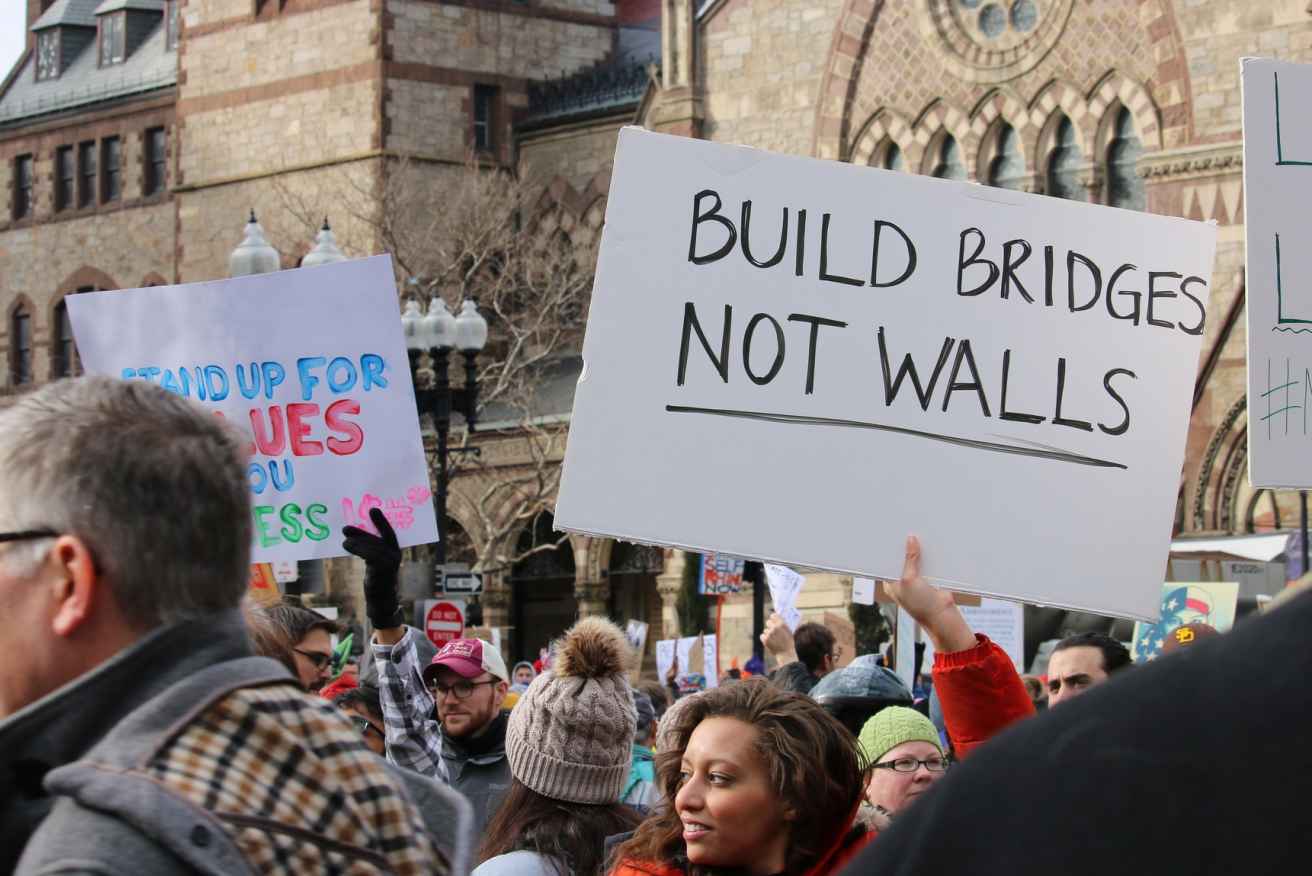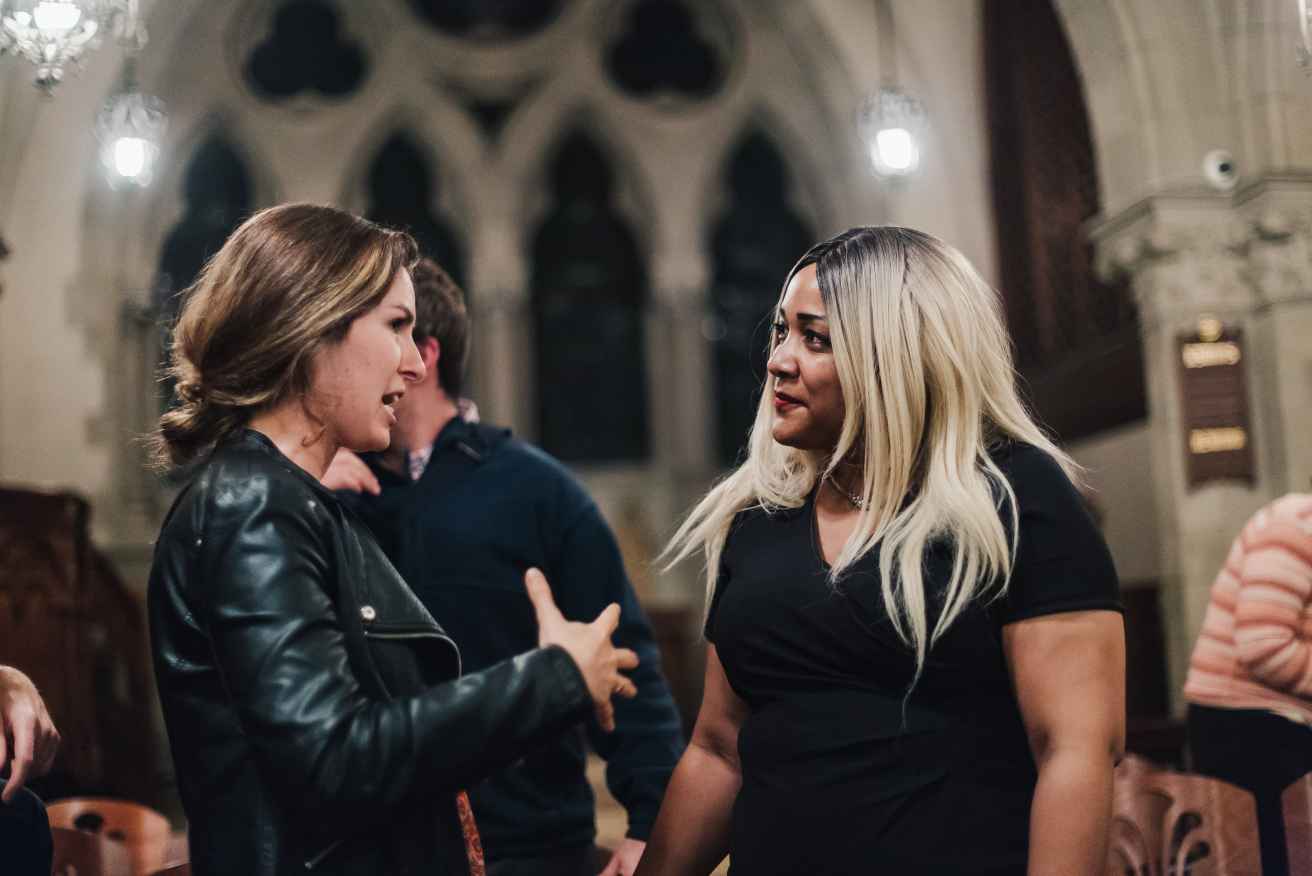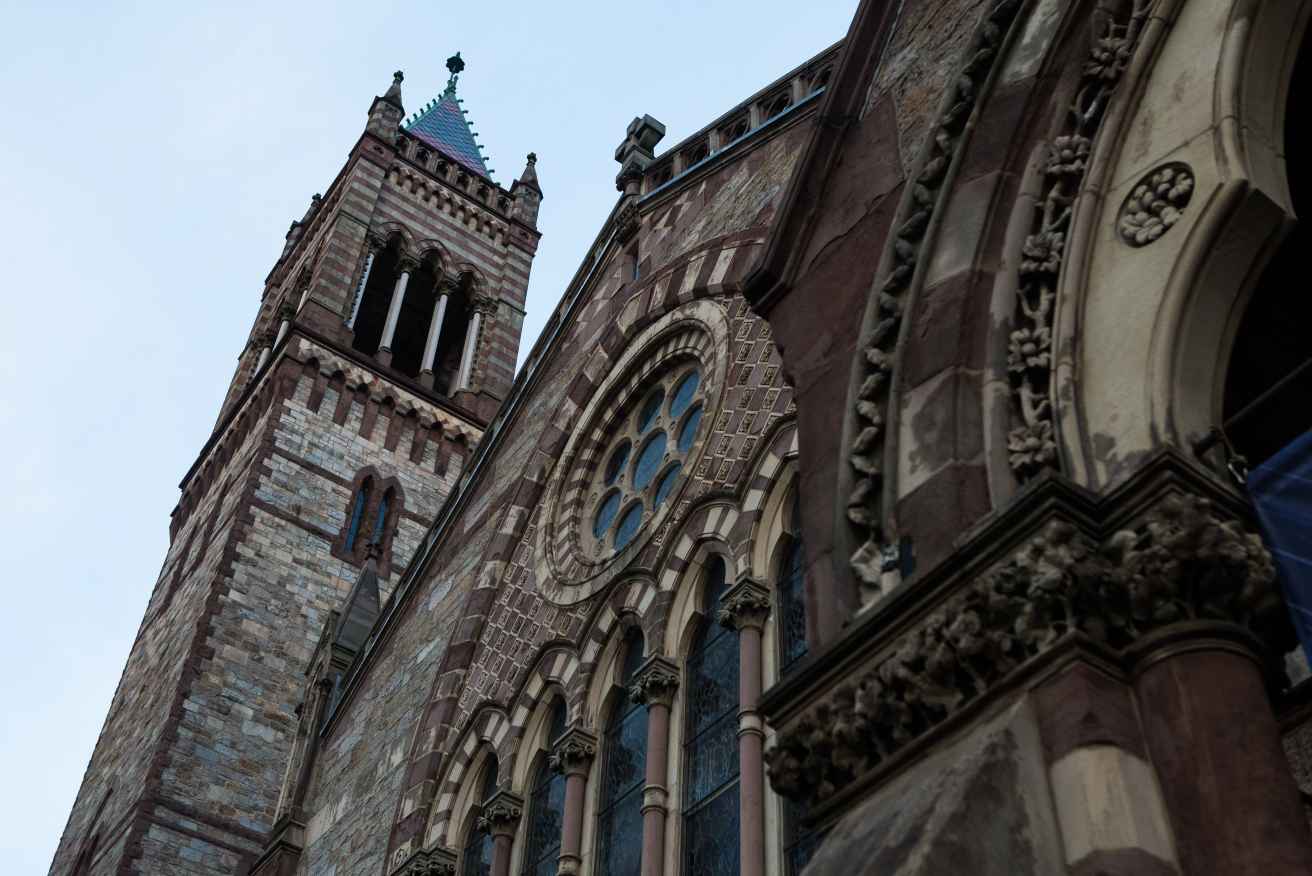Phil Dearing Shares a Reflection on Giving
On January 11th, 2018, Old South Member Phil Dearing shared his story of why he supports Old South. Read his reflection below, entitled "The Psychology of Giving".
Why do people give? Historically it was a means of survival. Families and tribes would share their meager resources to help everyone get through the lean times. As society began to grow more productive and wealthy, giving became a status symbol for the nobility. Through the 19th and 20th century, our sense of responsibility expanded to national and even global communities. Today people give for a wide range of reasons: guilt, love, compassion, status, tax benefits.
One of the most compelling movements of charitable giving today is the Effective Altruism movement. Emerging from Peter Singer, Will MacAskill, and their utilitarian predecessors, Effective Altruism promotes a rational approach to giving. Imagine if you saw a burning building with a child inside. You run inside and save the child. You would be hailed as a hero and rightly treated as one. A $2500 donation to the Malaria Consortium’s seasonal malaria chemo prevention program in Africa or Southeast Asia is also estimated to save the life of a young child. (For those who are wondering on the math, this donation would allow them to provide anti-malarial drugs to about 370 kids for a year, which causes about 30% of all under 5 deaths in the countries in which they operate).
Why do those two scenarios feel so different? While one is the most effective and efficient way to give, that’s not how humans usually operate. Oftentimes, it is our irrational love, kindness, and community that are at the heart of what makes life so rich. The magi undertook great effort to visit baby Jesus in Bethlehem. They could have used their time and money to help the poor, but instead they gave their gifts to Mary and the Child. Their gift to Jesus wasn’t purely rational, it was deeply heartfelt. They believed that Jesus was born King of the Jews and wanted to worship him. Likely Jewish themselves, they wanted to invest in their community and to give to something they deeply cared about. It is a deeply human emotion and something that I can relate to.
I grew up going to a Methodist church in St. Louis that had been in my family for a while. My dad grew up in “the good old days” when neighbors new each other. He lived with my grandparents and his three siblings between the church and the parsonage of the church. One day, when my dad was young, the minister, Dr. Hager, came by and told my grandparents “It’s time you took those children to church.” With that, my dad joined the church, and has continued to attend for over 60 years.
As I grew up in the church, there was no denying the beautiful sanctuary or the welcoming community, but it didn’t feel quite right. I felt like I was going through the motions a bit and I wasn’t being called to be my full-self. Yet through my church, I was nominated to join the Conference Council on Youth Ministries, a state-wide leadership group across Methodist churches in Missouri. As part of that, I went to worship with my peers every few months at our planning retreats with contemporary music and moving testimonies. Suddenly I felt something inside of me come alive. I felt like part of a movement, part of something much greater than myself or that individual group of worshipers. That feeling reached its peak the summer after my junior year, when I helped to organize service trips across the Midwest.
Middle and high-schoolers would pile into their youth group vans and drive to a church or school in Oklahoma, Texas, Iowa, or another part of Missouri. Over the course of the week, we would spend the day doing service work like repairing houses or clearing out trash and worship in the evenings. I was in charge of organizing the worship, finding (or playing) the worship music and finding (or giving) the message for the evening. What was most powerful for me during that experience was the impact of worship on worksites. Middle-schoolers would show up to a work site on a Monday and dither around. Yet, after hearing a spiritual call to arms, a deep justification for why we were working to improve the lives of others, I noticed a change. Suddenly, those same middle schoolers, at the very moment when they should be getting more tired from the work, were more energizes. I saw, first hand, the power of the Bible and a Christian community to push each person to fulfill their potential and do good in the world.
While I never really found a similar spiritual home when I was at Georgetown, I have felt deeply connected at Old South. At Old South, I have found a deep community in the young adult book group. I have found good friends and many Christians that I want to be like when I grow up. The sense of community here is clearly evident and not only supports me, but welcomes people of all different backgrounds. I love how Anthony, John, and Nancy challenge us in their sermons to give more and be better together. I love how they and other church members bring up intellectual conversations that deepen my theological understanding. I love how we can take on serious work without taking ourselves too seriously.
The reason I share this is because it highlights the tension that I feel acutely. As someone who works for a nonprofit consulting firm that is often talking about ROIs and strategic giving every day, I feel a deep desire to financially support the organizations I work with and learn about. On the other hand, finding Old South has been one of, if not the most important reasons that Boston feels like home to me.
Last year I decided to give $1,000 to Old South and about the same amount to other charitable causes. While this is not an insignificant amount, I didn’t push myself to give all that I could. I used personal savings, my love of lattes, and a sense that I was giving “enough” as reasons for not giving anymore. Yet, this year provides an opportunity to re-evaluate my giving in the face of what is going on in the world.
An interesting statistic about charitable and religious giving is that the total amount given increases with income, but the proportion of giving actually decreases. People earning under $25K / year that donate to charity, give about 12% of their income to charity. People earning $25K-$50K / year that donate to charity, give about 5% of their income to charity. Yet, in all of the higher income brackets, those where people are likely more able to donate, no group gives more than 3% of their income away.
With millions of children facing preventable deaths around the globe, people sleeping outside of our church throughout the winter, and far too few having a church community to call their own, there has never been a more important time to give. Faced with the decision of how much to give and how to balance my giving between church and other causes, I am left with the unmistakable conclusion that I must give more to both. I need to continue supporting charities that reduce the numbers of preventable deaths across the globe, but I also must invest in the long-term. By giving to Old South and supporting this community, we as a church can continue to push ourselves and each other to live out Jesus’s teachings as best we can for many years to come. We have only a fleeting time on this earth, so let us rejoice, let us love one another, and let us get to work.
Amen
